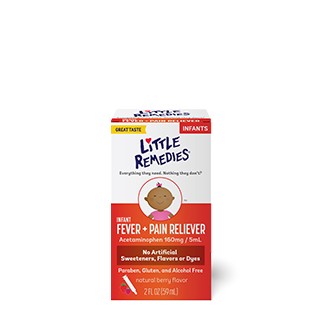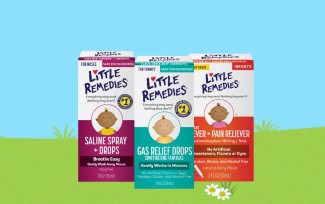


A Little More Wisdom
If your baby is chewing everything within reach and drooling a lot, she could be teething. Teething symptoms tend to increase 3-5 days before teeth break through the gum surface. Other symptoms include crankiness, decreased appetite and trouble sleeping.
In the early months of motherhood, teething was something I didn’t really think about until it happened. My son was probably about four months old and suddenly his appetite decreased, he wasn’t sleeping well and he was really grumpy. I assumed my irritable little guy was coming down with a cold, but he wasn’t. He was teething.
In my mommy mind, I thought it was way too soon for teething, but when I looked inside his mouth I could see the buds. His pearly whites were making their entrance.
Why so chewy and drool-y?
Babies tend to act a lot like puppies during the teething phase–they drool and gnaw on everything in sight. Think of chewing as a satisfying feeling because it helps to numb the teething pain. Pressing down on sore gums counteracts the pain of the teeth pushing up.
The excess chewing stimulates the salivary glands, so that’s why teething babies may drool a lot. The drawback of drooling is that it can cause irritation around the mouth and chin. This is when bibs come in handy, and you may need to change shirts more often to keep him dry.
Pain reliever
Teething can make your baby feel lousy, so products like Little Remedies® Fever & Pain Reliever help to ease discomfort safely and quickly. The active ingredient is Acetaminophen, which brings down fevers and relieves pain. Little Remedies® products don’t contain artificial flavors or artificial dyes, high fructose corn syrup, aspirin or ibuprofen.
Depending on your baby’s weight, choose the appropriate Little Remedies® Fever & Pain Reliever product. The Little Remedies® Infant Fever & Pain Reliever is for babies 24 pounds or less. If your baby is bigger, you can use Little Remedies® Children’s Fever & Pain Reliever. Plus, the AccuSafe® syringe makes dosing easy.
Teethers
Teethers are designed to provide relief for sore gums, so if baby is going to put something in her mouth, it may as well be therapeutic.
There are tons of popular teethers to choose from like BPA-free, natural rubber teethers, teethers with gum massagers and natural wood teethers. You may have to try a few to find one your baby likes. For babies 6mos and older who are having trouble eating, you can find mesh teethers that hold frozen fruit, so she gets digestible nutrition and cool relief.
Tips about teething
Just like every other stage of baby development, teething doesn’t last forever. Here are some helpful facts to keep in mind, so you know what to expect:
-
The four front teeth–2 on top, 2 on bottom–are the central incisors and they tend to cause the most discomfort
-
Incisors are sharp, so they break through the gums easier than molars which start to appear around 18-19 months
-
Your baby may only exhibit teething symptoms 3-5 days before the tooth surfaces
-
Teething can last for as long as three years, because it takes time for all 20 baby teeth to come in
-
Babies typically have all of their baby teeth (deciduous teeth) by age 2½
What helped you survive teething with your baby? Share your tips for teething babies with other moms on the Little Remedies® Facebook page!





